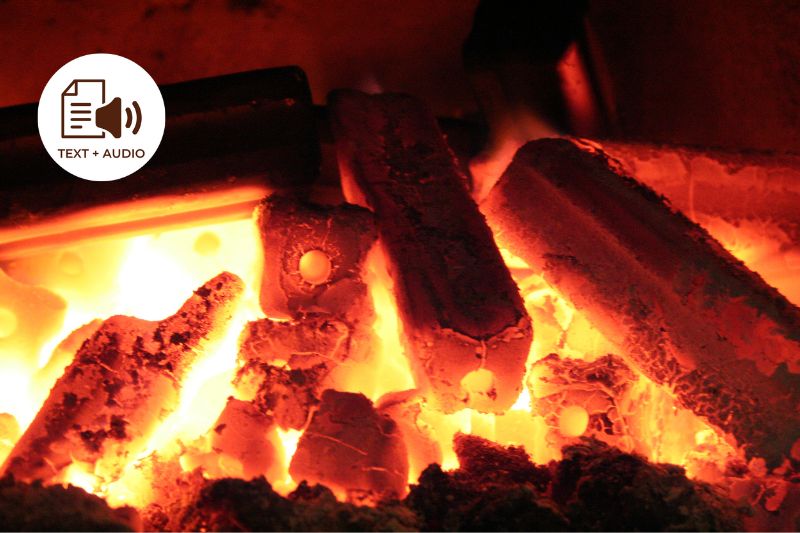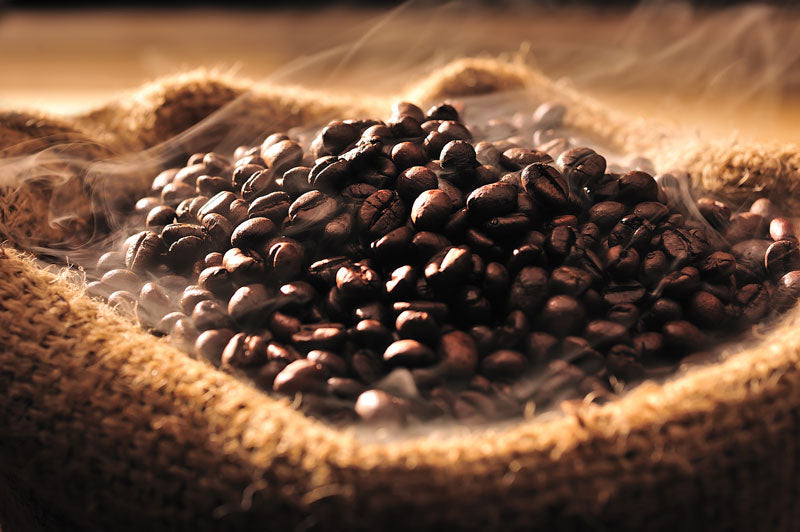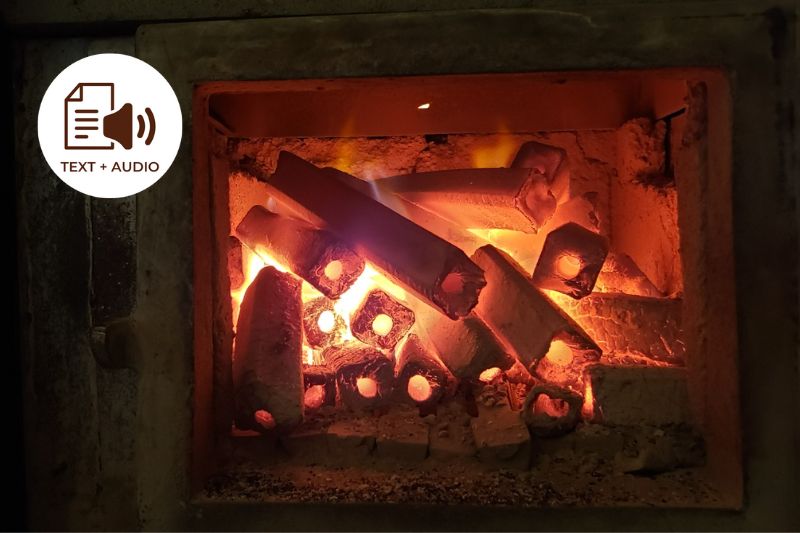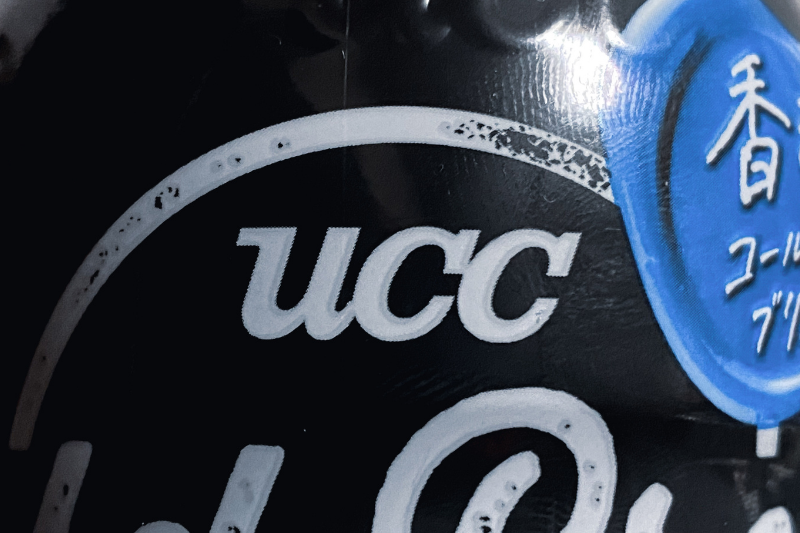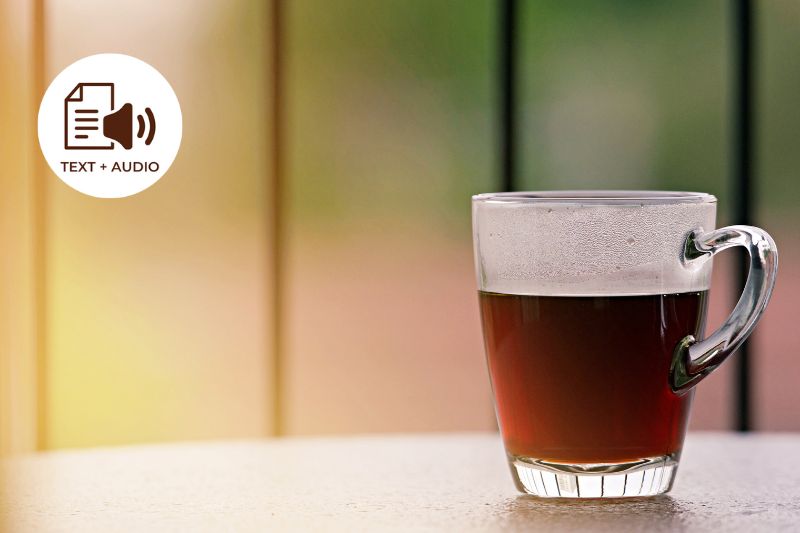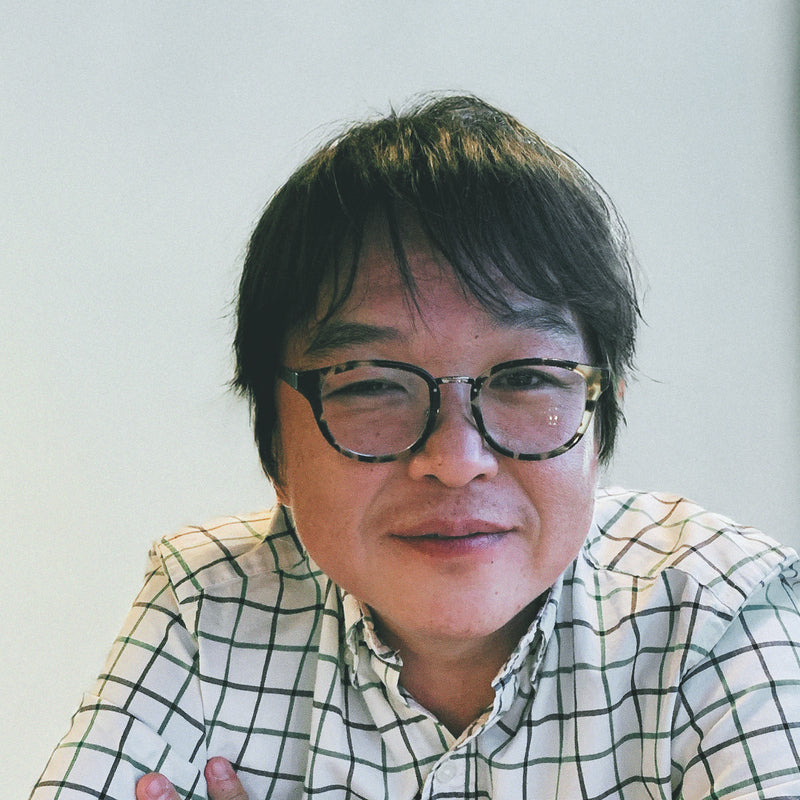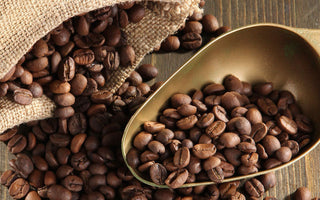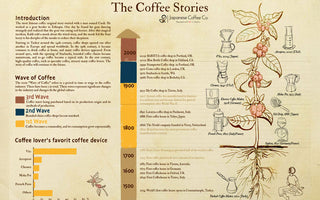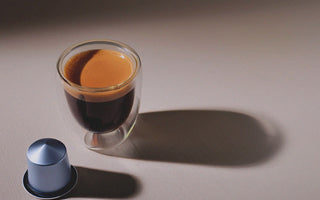It is in the charcoal: The primary material involved in charcoal roasting
When it comes to charcoal roasting, there is this unique type of charcoal that is being used. Binchotan simply means charcoal in Japanese. However, this Japanese charcoal sometimes referred to as bincho zumi, is a long-burning, natural substitute to your ordinary charcoal blocks and is one of the highest qualities of charcoal for roasting.

This charcoal is flameless but creates concentrated temperature, scorches neatly, produces no odor, and cooks food at a lower temperature than other types of charcoal. This gives the food roasted an aroma that is different from those cooked with ordinary charcoal. This likewise does not have any additives compared to American charcoals, making it very safe to use. This is a little bit more expensive than your ordinary charcoals in the market because of these features. While this charcoal is slightly pricey, it has two to three times extended burning hours than other charcoals. This has been used for many years ago, and in fact, during the Edo period and the Genroku era (1680 to 1709), these charcoals were shipped to Edo. They were valued as high-quality fuel for urban life, and they became so prevalent during the said era.
How each binchotan is produced tells the price of charcoal roasting
The means and ways to produce this kind of charcoal are also not common. This log-formed charcoal is made from various oak that combines the most delicate features of lump charcoal and briquettes. The temperature of Binchotan is very penetrating that it could actually generate a hole in a metal steel pan like an infrared ray striking the center. The heat is so powerful that roasters would surround the charcoals with sand to maintain the heat and lessen the danger of using it.
The primary charcoal material is Ubamegashi, which is a wood that is sufficiently solid to scrape glass. When charcoals strike each other, they produce an iron sound since this charcoal is covered with a metallic sheen, which hides its wood origin.
This charcoal then is dried and loaded into brick ovens and engaged into four different temperatures, two hundred degrees, four hundred degrees, five hundred fifty degrees, and nine hundred degrees Celsius, for 8 weeks. For the final procedure, producers would speedily add air so that the heat reaches one thousand two hundred degrees Celsius, which carbonizes it and permanently deviates the charcoal's interior structure.

The variety of binchotan gives you an idea of how much they cost
There are also wide varieties and different types of Binchotan. For instance, the kishu binchu is an artisanal type of Japanese charcoal popularly used for high-end grilling and culinary uses. These white charcoals are elongated firewood that logically burns longer and so perfect for restaurant grill setups. These are vastly commercialized as it expresses the excellence of the food, the roasting material, and the restaurant. It can produce such heat rapidly, holds the heat so well, and be consistent in a tiny space, particularly with the ceramic grill. This is sold at around 38 dollars for only half a pound!
There is also the aramaru, which burns for three to four hours, compared to the four to five hours for white binchotan. It generates temperatures between 1,652 and 1,832 degrees. This is way cheaper than kishu binchu, which is only sold at around 80 dollars for about 33 pounds.
More than just the charcoal: Look at the roaster's skills too
Aside from the material used in charcoal roasting, it cannot be said that roaster skills are a significant factor in qualifying charcoal roasting. The combination of the charcoal and the roaster's skills is perfect for coffee roasting. It creates an overwhelmingly stronger fire than gas burners. Coffee roasters, for instance, love to use binchotan in roasting. It does not generate steam, so the coffee beans are essentially baked. The carbon quality is hard, and it is difficult to ignite. Coffee roaster experts have to control the firepower's temperature at about 500 degrees. They can be raised to 1000 degrees by fanning them with a fan.

Considering that binchotan is hard to be controlled, skills are required to lessen the heat by putting the right amount of water into the charcoal or flaming it some more by dusting salt over it.
Roasters should also be skilled in using binchotan for coffee roasting. Unlike the standard American charcoals, lighting up binchotan may not be easy. It needs around twenty to twenty-five minutes to lit it up by putting it in a chimney, oven, or open flame. But once lit up, makes a powerful heat that gives you a steady flame. The skilled roaster also considers the weather and moisture level of the day to determine which date to roast the coffee and what time of the day.
Not to mention the expertise in handling this intensively hot charcoal that the heat could actually be felt on the other side of a room. Considering that ignited binchotan could actually melt steel, it is also logical to invest in high-quality roasting equipment when roasting. The coffee roasting equipment are modified to handle specific charcoal characteristics.
This again adds to the expenses to be considered in charcoal roasting. More importantly, regarding the danger of cooking using binchotan, roasters should be skilled given the heat involved while roasting.
Get Free Bonus Books

Sign up for free to the Coffee Club to get advice and exclusive articles about how to choose Japanese Coffee, and tips, tricks, and recipes for enjoying Japanese coffee.
About the author
Kei Nishida
Author, CEO Dream of Japan
Certification: PMP, BS in Computer Science
Education: Western Washington University
Kei Nishida is a passionate Japanese tea and coffee connoisseur, writer, and the founder and CEO of Japanese Coffee Co. and Japanese Green Tea Co., both part of Dream of Japan.
His journey began with a mission to introduce the world to the unparalleled quality of Japanese green tea. Through Japanese Green Tea Co., he established the only company that sources premium tea grown in nutrient-rich sugarcane soil—an innovation that led to multiple Global Tea Champion awards.
Building on this success and his passion for Japanese craftsmanship, Kei expanded into the world of coffee, pioneering the launch of Japanese Coffee Co., the first company to bring Sumiyaki charcoal-roasted coffee to a global audience. His dedication to authenticity and quality ensures that this traditional Japanese roasting method, once a well-kept secret, is now enjoyed worldwide.
Beyond tea and coffee, Kei has also introduced Japan’s legendary craftsmanship to the world through Japanese Knife Co., making handmade katana-style knives—crafted by a renowned katana maker—available outside Japan for the first time.
Kei’s journey continues as he seeks out and shares the hidden treasures of Japan, one cup and one blade at a time.
Learn more about Kei

